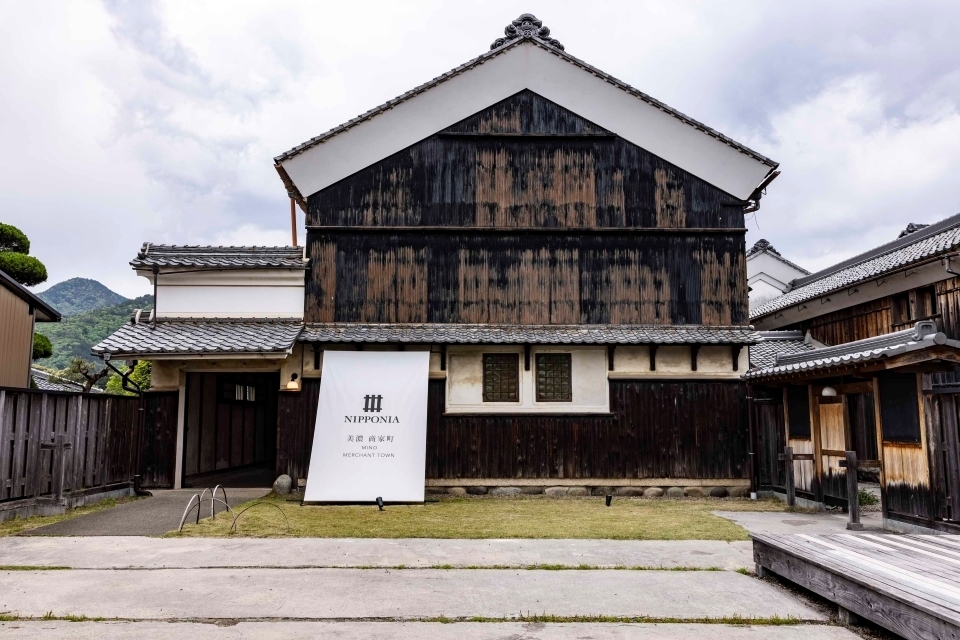
Nipponia Mino Merchant Town’s Yamajou Building, with adjoining washi store and gallery, was formerly a warehouse for raw materials used in washi papermaking. Its renovation preserved much of the original building’s character.
Mino is a city in Gifu Prefecture, roughly in the middle of Honshu, Japan’s largest island. Though a relatively small city today, with a population of just 18,000, Mino flourished for many centuries as a center for making traditional Japanese washi paper. Mino washi has a 1,300-year history, and the techniques used to produce it were among the tesuki (handmade) washi papermaking methods added to the UNESCO register of Intangible Cultural Heritage in 2014. More recently, Mino washi gained international notice when it was used for the certificates presented at the Tokyo 2020 Summer Olympic and Paralympic Games. Mino’s history is also reflected in its unique streetscapes, where high, formidably expensive walls called udatsu erected between roofs to prevent the spread of fire became symbols of success in the washi business.
After the Second World War, however, demand for washi plummeted amid the increasing use of Western-style paper and other lifestyle changes. Ongoing population outflow as residents departed for larger urban areas left homes standing vacant in increasingly prominent numbers. One survey by the Ministry of Internal Affairs and Communications found 1,280 unoccupied residential buildings out of 8,440 within Mino’s city limits—a vacant house rate of 15.2%, which continued to grow by the year. Some of these vacant buildings are traditionally built kominka houses with historical value, but even these must often be demolished when age and neglect put them at risk of collapse. The ominous implications of this trend inspired the founding of Minomachiya K.K., a local company whose ultimate goal is “reducing the number of vacant houses in Mino to zero by repurposing all of them as appealing facilities and residences.”
When the former second home of a prominent local figure who made his fortune as a wholesaler of papermaking materials was donated to Mino, the city put out a call for proposals from the private sector for renovating and operating the property. Minomachiya’s proposal to turn the kominka-style property into a hotel was adopted.
“Every year, 1.2 million tourists visit Mino, but only 10,000 stay the night,” says TSUJI Koichi, president of Minomachiya and third-generation head of a local washi manufacturer. “This is partly due to a lack of accommodations. We envisaged a value-added kominka hotel preserving as much of the residence’s character as possible and using Mino washi in its interior design. We also hoped that visitors who stayed overnight would tour more of the town and stay longer overall.”
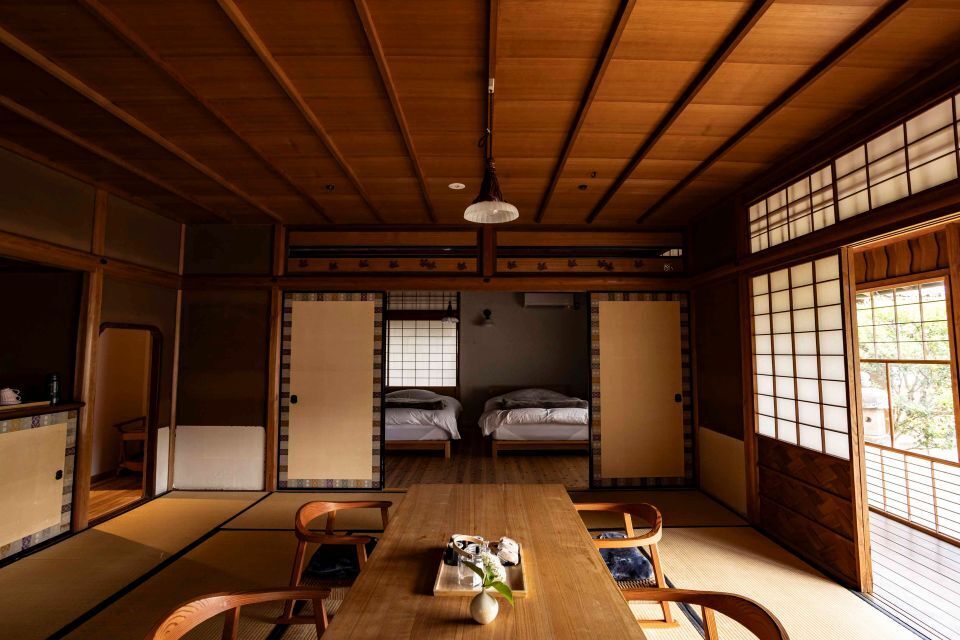
Nipponia Mino Merchant Town’s Yamajou Building is a kominka hotel built in a renovated property more than a century old. Mino washi is used as wallpaper and in other interior elements.
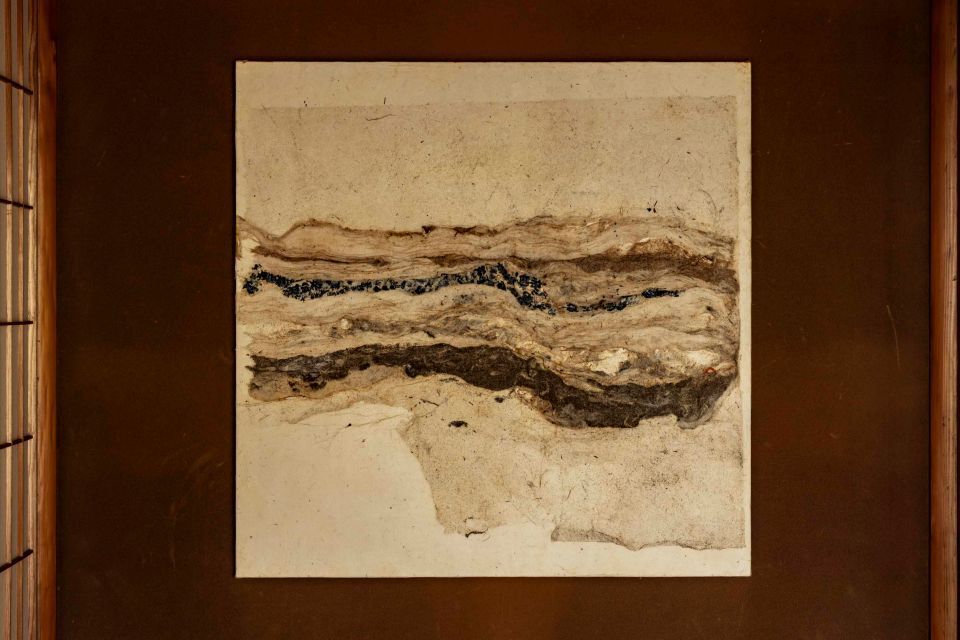
Art made using Mino washi hangs on the wall of every guest room. This work, which was created using water from the nearby Nagara River, features a striking design made by mixing in dust and debris from the renovation process.
In 2019, the century-old structure was reborn as Nipponia Mino Merchant Town’s Yamajou Building. The newly opened kominka hotel drew nationwide attention and praise for its concept of “preserving the city’s historical resources for the future.” In 2021, a Minomachiya subsidiary opened Wasita Mino, a “kominka coworking space” that provides a venue for work and interaction between individuals and the city of Mino. One aim of this project was to increase Mino’s “related population” (kankei jinko)—people who do not live in the city but feel some attachment or connection to it. Craft markets like the Minomachiya Market and the smaller-scale Mino-no-Ichi are also held regularly, turning vacant buildings into shops for the day. Some exhibitors at these events are reportedly inspired to rent the spaces they use or even move to Mino permanently.
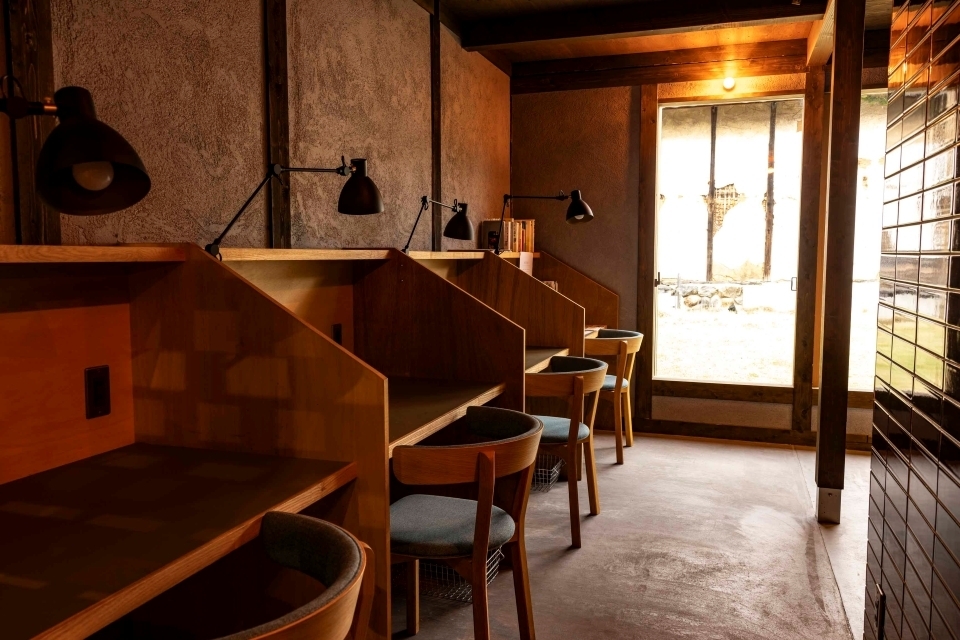
The coworking space Wasita Mino is a renovated kominka row house. Individuals and organizations from a range of fields make use of it, stimulating exchanges with local residents.
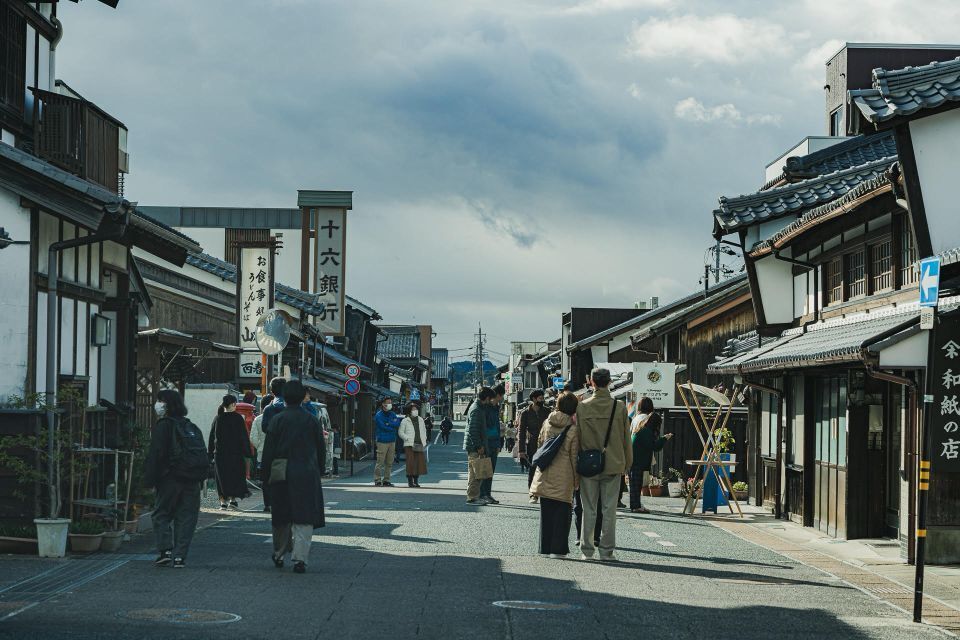
Minomachiya Market is a craft fair that takes place in venues across the entire city of Mino. Minomachiya
“These and other Minomachiya initiatives are creating real change, even drawing young married couples to the city as new residents,” says Tsuji. “We aim to address problems like population outflow and vacant houses while utilizing historical resources as part of our identity. I encourage people in other countries struggling with similar issues to visit Mino to find inspiration for ways they can repurpose the unique attractions of their own regions.”
Partly as a result of these efforts, in 2023 Mino recorded its highest-ever annual overnight visitor total—20,000 visitors, double the typical 10,000. The city’s efforts to simultaneously solve its vacant house problem and revitalize the surrounding region will continue.
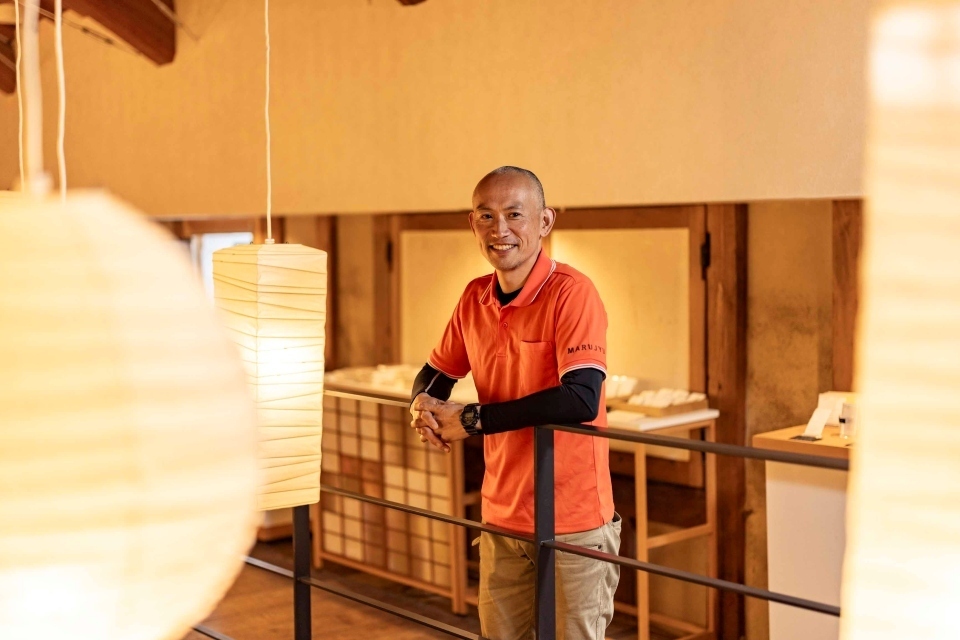
TSUJI Koichi, president of Minomachiya K.K. Born and raised in Mino, he worked at a startup in Tokyo before returning to his hometown and devoting himself to its revitalization.






























